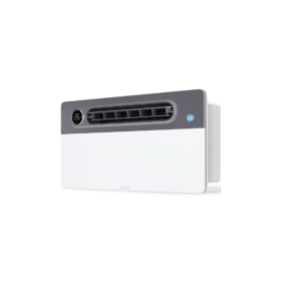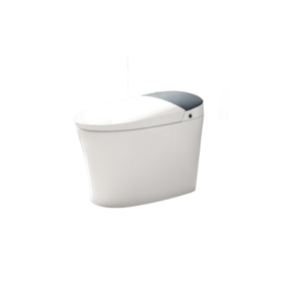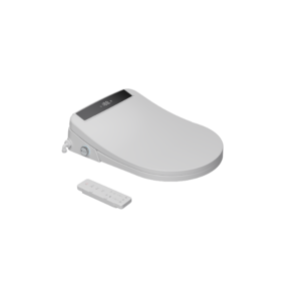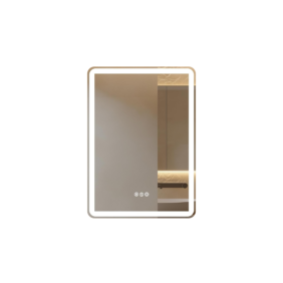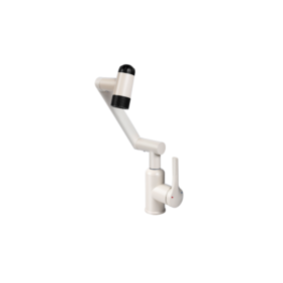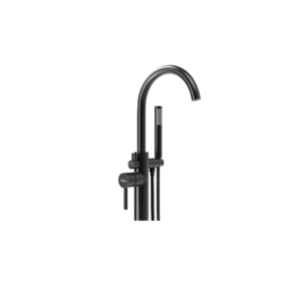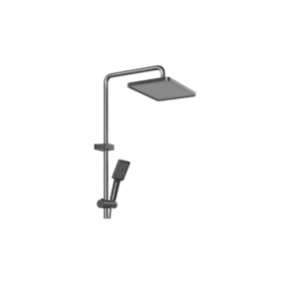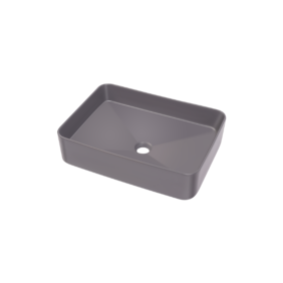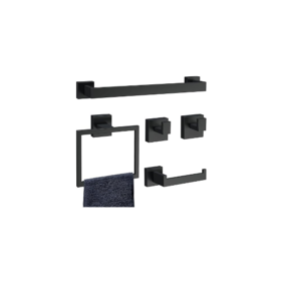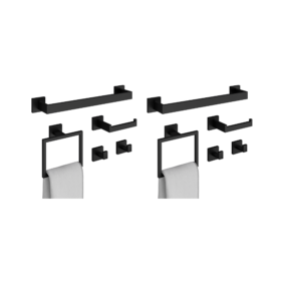
Home / Blog Center / Chargers / Glass Glue vs. Cement: The Ultimate Showdown for Floor Drain Repair
Glass Glue vs. Cement: The Ultimate Showdown for Floor Drain Repair
20/02/2025 | Hawkrown
If the floor drain in the bathroom has a leakage problem, it may be due to inadequate sealing. You can use either silicone sealant or cement, but which one should you choose?
Use Silicone Sealant or Cement When Replacing the Floor Drain
If you are replacing the floor drain and want to achieve a sealed effect, it's best to choose cement, especially a waterproof type of cement. Although both options can work for sealing, silicone sealant tends to yellow and turn black when exposed to moisture over time, and its waterproofing capability is not as good as that of cement. Therefore, when comparing the two, cement provides better effectiveness.
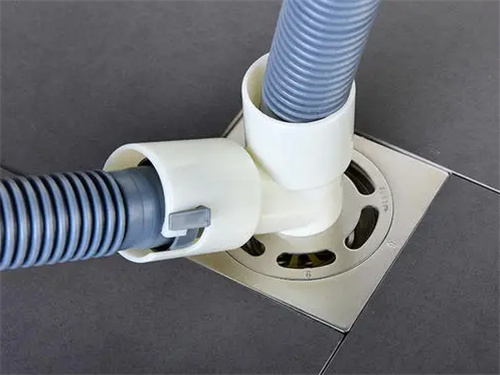
Cement inherently possesses a certain degree of breathability and waterproofing, and when used long-term, it won't develop cracks or deterioration. Its lifespan is longer, and when the floor drain is damaged, applying cement around it creates a better sealing effect, eliminating the need for rework later.
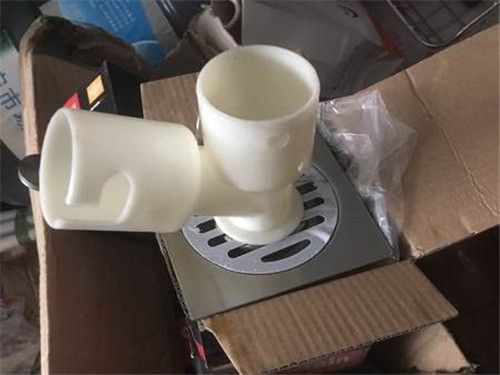
How to Replace the Floor Drain
1. Before replacing the floor drain, you first need to remove the old one. Prepare a sharp chisel to chip away the mortar surrounding the drain and the tiles. If it's particularly fixed, you may also use a hammer to help break away the cement before pulling out the drain.
2. Next, block the drainpipe with a plastic bag to prevent any debris from falling into the sewer and causing blockage. Clean up all the debris around the drain area, reapply waterproof cement around the drain hole. Also, apply cement to the back of the new drain before installing it back. Ensure it connects to the drainage pipe, then clean the surface mortar and cover it with a panel. After allowing it to set, it will achieve the desired sealing effect.
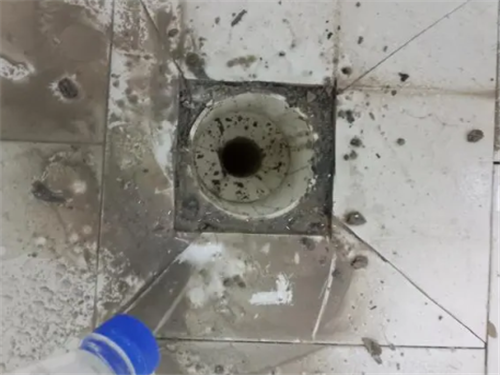
What Type of Floor Drain to Choose for the Bathroom
1. When selecting a floor drain, it is essential to choose the right material and structure. Common options available on the market include stainless steel, PVC, and brass. Brass has excellent corrosion resistance, but its cost-effectiveness is not particularly high.
2. Stainless steel is also a good choice for corrosion resistance and is popular for its stamping performance. Additionally, pay attention to the specifications; you might consider a gravity flap drain or a T-shaped drain, both of which are suitable for bathroom use.

In conclusion:from the perspective of long-term waterproofing, selecting waterproof cement is an ideal choice for ensuring high durability against water and leakage.


